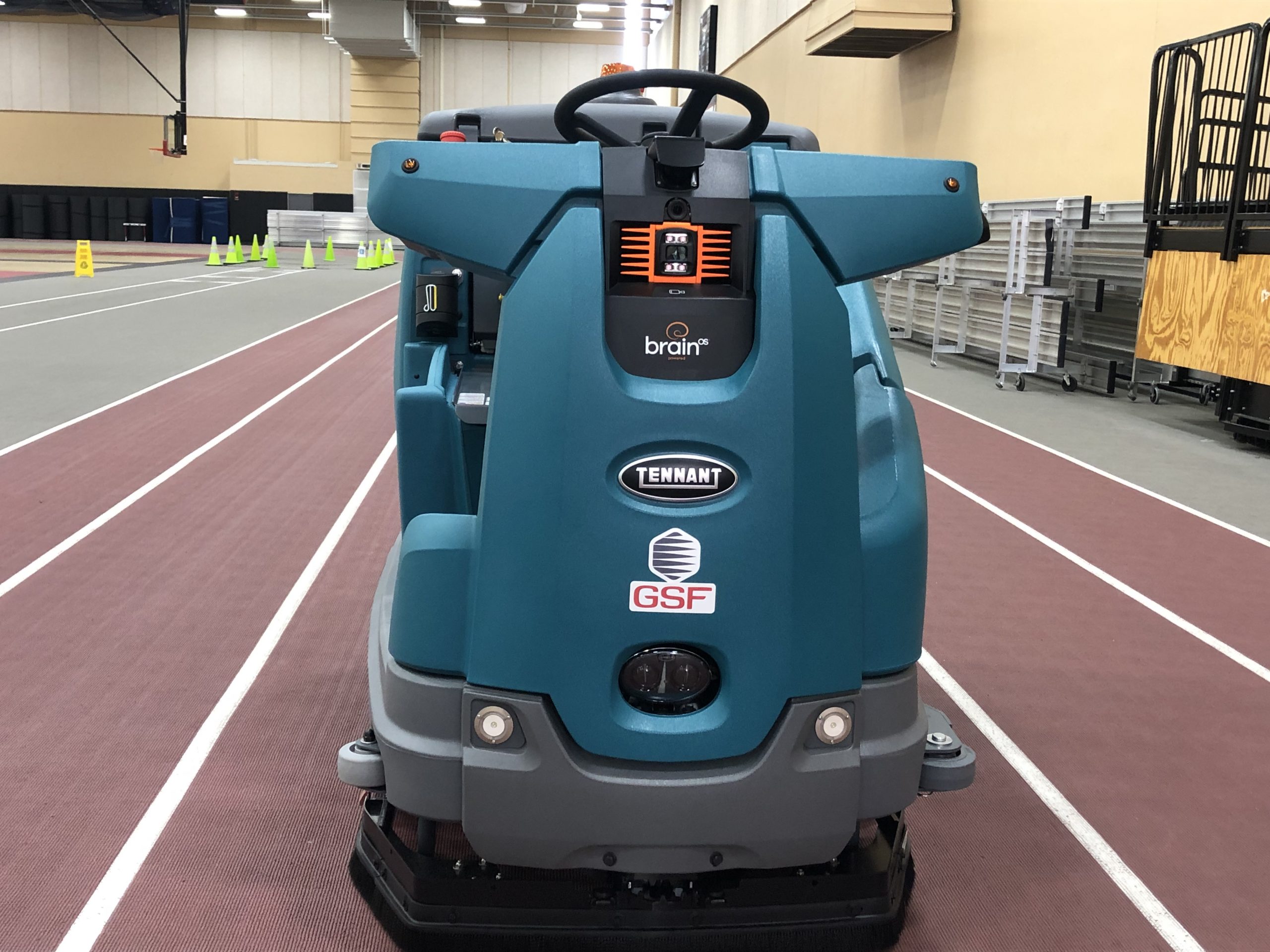What has a brain but runs on wheels rather than legs? If you guessed a robot, you’re right! Many people are familiar with at-home robotic vacuums that sweep up soils and debris. In commercial settings, robots are also an asset. These autonomous floor care machines offer maintenance for both hard and soft flooring. Robotic floor scrubbers can tackle tile and wood floors, while self-guided vacuums can address carpet and other types of flooring.
Advanced equipment like this offers numerous advantages and a clear return on investment. With an increasing number of facilities utilizing robots for floor care, it’s important that managers and their teams understand how to properly integrate machines with employees.
How Autonomous Machines Support Employees
One of the main concerns around the increasing use of autonomous technologies is that they will replace the need for humans in the workplace. It is certainly not the case with robotic floor care and the cleaning industry. Robots still need some supervision by employees, who set these machines into place and start them on their floor care routes each day. For this reason, they are often referred to as collaborative robots or cobots. Cleaning professionals are instrumental for the successful operation of cobots and for completing other high-value tasks like disinfecting surfaces and addressing maintenance issues.
Robotic machines take away the majority of the repetitive motions and strain associated with floor care. They’re always ready for their tasks and diligently perform cleaning according to a pre-determined route, making sure to address all areas of importance. Robots are also incredibly productive and can help facilities reduce the chemical and water they use to clean floors. And lastly, one of the best advantages is that they deliver consistent results every time they operate. While the best employees can expertly perform manual floor care, automating this task can ensure floors always look clean.
Recommendations for Working with Floor Care Robots
Review the below tips for successfully implementing new floor care equipment and technologies in your facility:
- Evaluate where the cobots will be used. Does your facility have lots of square footage that includes open spaces like hallways, lobbies, gymnasiums and mezzanines? If so, robotic equipment may be a good fit. Before investing in new machines, determine where the cobots will be used and stored. This will require you to shift the daily duties of your team, as they won’t need to dedicate as much time to floor care once the cobots are on site. If you have a strategic plan for where and when the equipment will run, you will be more likely to use it regularly and recoup your initial investment more quickly.
- Conduct training with employees. Training is crucial for achieving the results you desire. It’s likely that many of your custodians have not yet worked alongside cobots. They must understand the responsibilities of the machine, as well as how to operate it, maintain it and respond to its status notifications. While the equipment won’t need much supervision, it will need to be powered on and set up in the space where cleaning will occur. Autonomous floor care equipment has mapping capabilities and allows employees to select specific routes depending on the floor and area. Conduct hands-on training so employees can interact with the cobots and how to address alerts during a route or after the cobot has completed cleaning.
- Think big when it comes to sustainability. Robotic floor scrubbers can significantly reduce chemical and water use, thereby saving facilities money and reducing environmental impact. But facility managers can go one step further regarding sustainability. Consider selecting machines that produce an effective cleaning chemical onboard, known as ec-H2O™ Technology. This approach transforms tap water into a safe and sustainable cleaning solution that removes soils without leaving a chemical residue behind that can damage floors or require extra cleaning. According to a third-party study by EcoForm, ec-H2O supports green cleaning operations in seven categories: energy, CO2 emissions, ozone, smog, acid, eutrophication and particulates.
- Carefully maintain your machines. Properly maintaining your robotic assets is essential for prolonging their lifespan and increasing ROI. Store equipment in a secure area of the building so that unauthorized personnel do not have access to it during after hours. Additionally, charge the machines regularly so they are always ready for use and can perform their intended routes. If the equipment requires new parts or troubleshooting, make these adjustments as soon as possible so the machine remains in good working order.
The Future of Floor Care
If you’re aiming for picture-worthy floors, you have to regularly address surface soils and keep the finish or carpet fibers in the best shape possible. Today, many innovative solutions can help cleaning professionals simplify their daily floor maintenance tasks. The use of robotic equipment is on the rise because it enhances productivity, ensures consistency and promotes customer satisfaction. By following the above best practices, organizations can successfully integrate robotic solutions into their workforce alongside hardworking custodial employees.
Are you looking for a cleaning service provider that can keep your floors clean and shining? Contact GSF USA to learn how we implement the latest technologies for floor care, and follow us on LinkedIn and Facebook for the latest updates.

